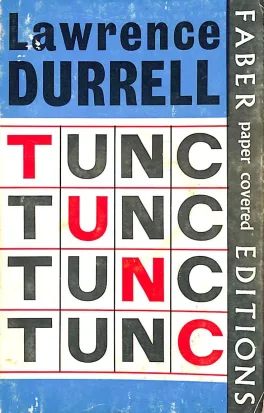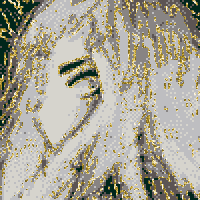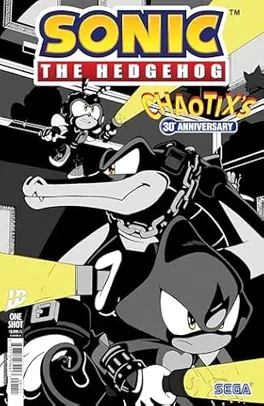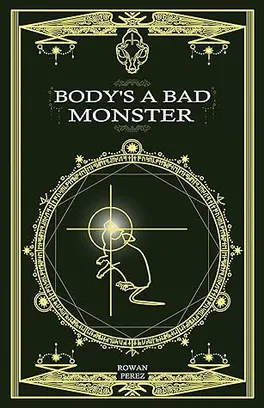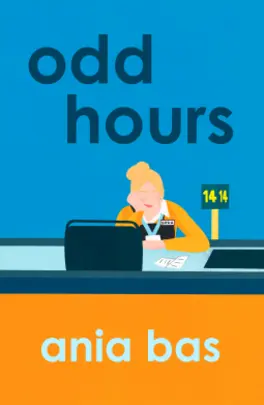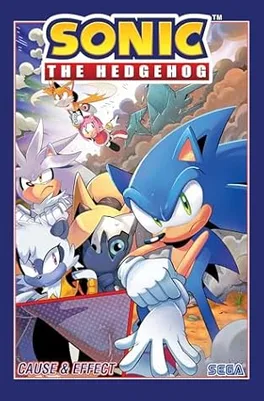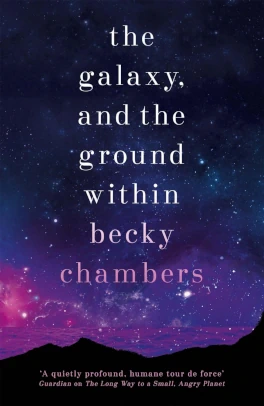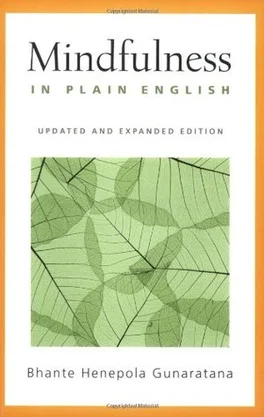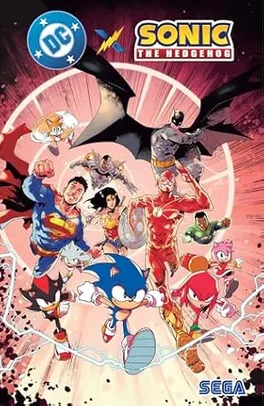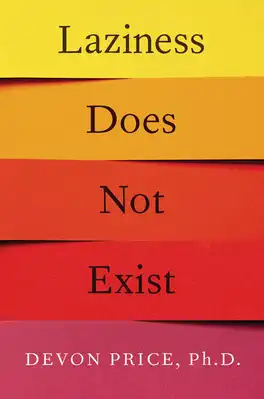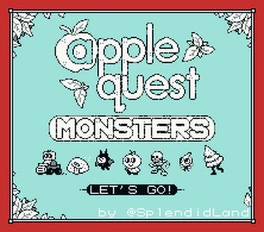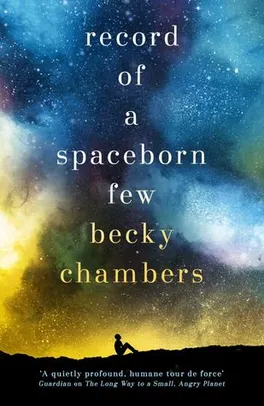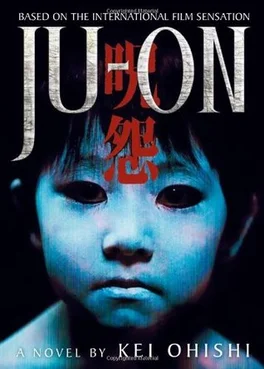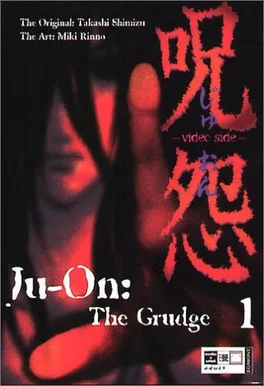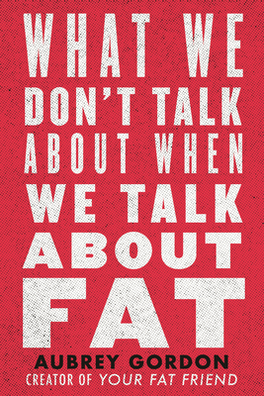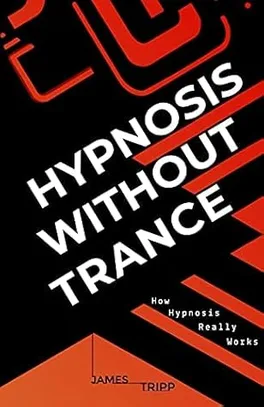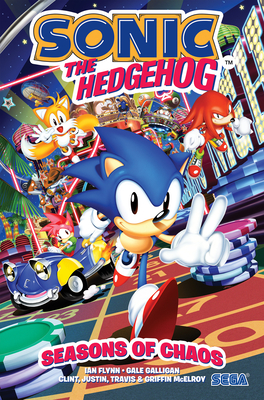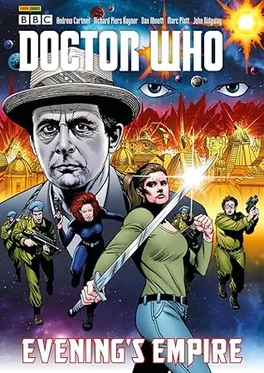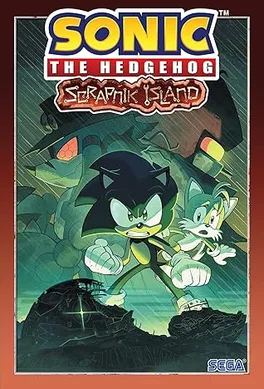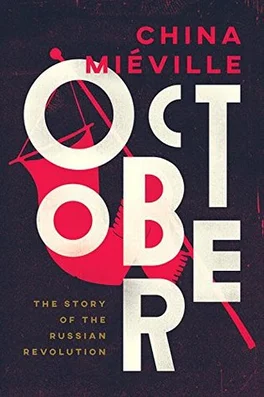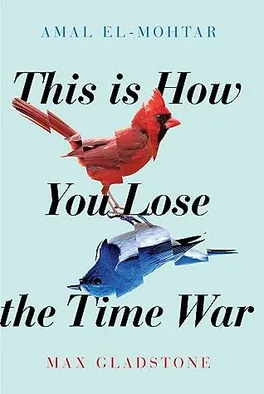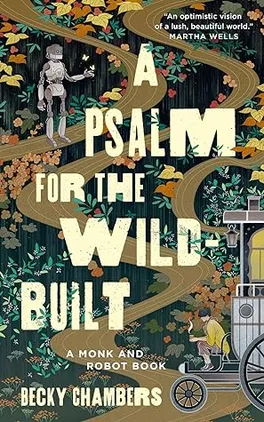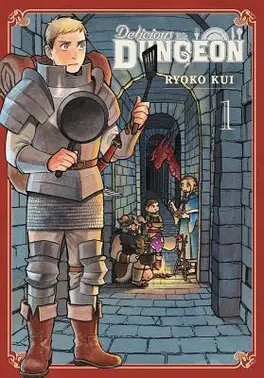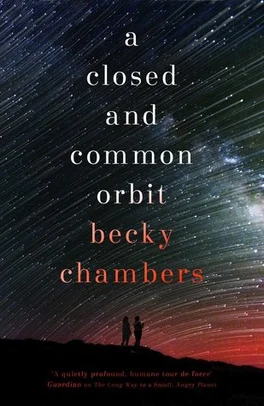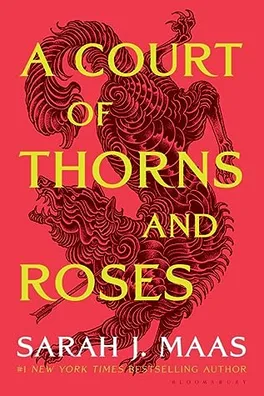
I picked this book up on a whim in a bookshop when I realised that I had forgotten to bring anything else to read during a trip I was taking.
It is prefaced by the worst map I have ever seen in a fantasy novel and it sets the tone for the rest of it. A bunch of fantasy and romance tropes ground down into an easy to swallow slop.
It seemed like it might have been going in interesting directions early on, with the fairies (I do not respect anyone using the term “faerie” or “fae” because they’re afraid of being silly by just saying fairy) being depicted as these ancient, horrible, shapeshifting beings who cannot lie and whose food you must not eat. Still drawing from standard tropes but ones had me second guessing them and the story constantly. But no, it turns out that all the stories humans have about fairies in this setting are just wrong and they’re really just standard fantasy elves.
Our protagonist’s point of view often doesn’t feel informed by the world and her life in it and just based on fantasy tropes. The assumptions she makes, the things she takes as facts or how she understands the things around her often seem out of nowhere. She is barely literate but can somehow infer a detailed history of the world from a mural. She seems to just intuitively understand so much about magic and fairies as the plot goes on despite having previously established basically everything she was raised to think about them is wrong. When she is trying to practise reading she makes note of words to look up the pronunciations of later. How is she going to do that, exactly? Does the fairy library have Google? Nothing seems at all thought through.
Some of the later revelations and resolutions seem like something that everyone involved should have some extremely complicated feelings about at the very least but these characters have no emotional depth at all so I am not going to waste time trying to unpack them myself when no one else involved is bothering to.
I don’t respect it at all but I can’t say that I had a bad time reading it either. It did get a bit tedious when the romance completely took over for a few chapter but thankfully the plot did pick up again after that. It filled time.
